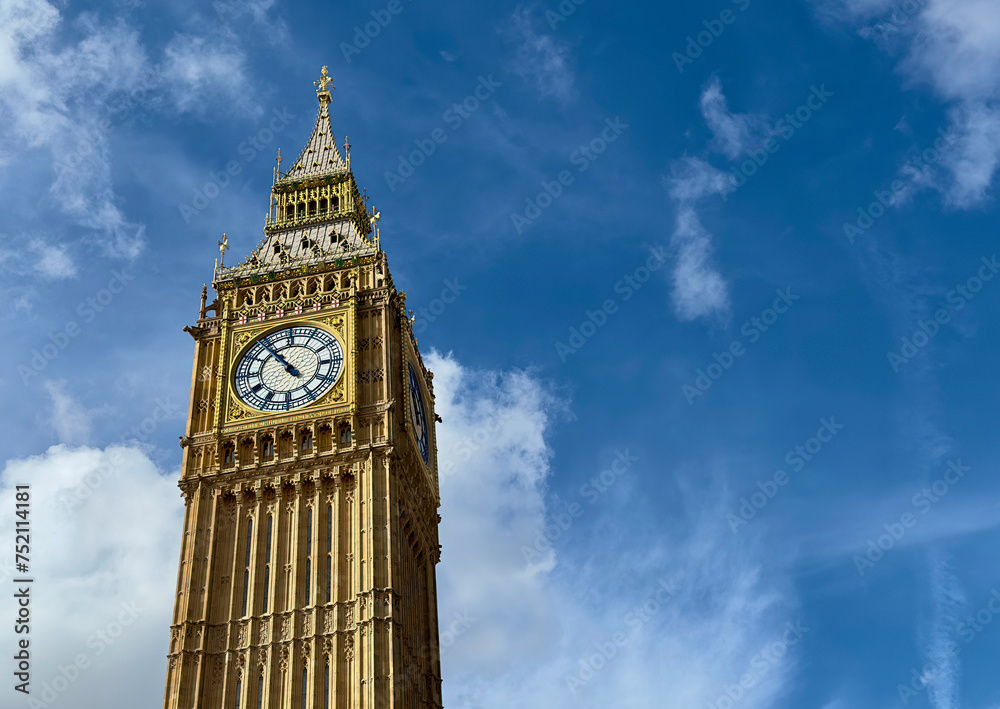Surge in Radiology Procedures Performed by Nurse Practitioners

The volume of interventional radiology procedures performed by nurse practitioners surged 143% over a 10-year period, according to new research published Monday in JACR.
Physician assistants also handled a growing share of treatments, with their numbers increasing nearly 67% between 2010 and 2021. Overall, advanced practice providers now perform about 15.5% of the interventional radiology services analysed, totalling over 136,000 out of 882,275 cases in a single year, “representing an important presence in procedural practices.”
These findings are based on an analysis of Medicare Part B claims data
Lead author Will S. Lindquester, MD, and his team did not investigate the reasons behind these trends but suggested that financial incentives might be a factor.
“While APPs typically earn one-third or less of what IR physicians make, they can bill Medicare at 85% of the Physician Fee Schedule, potentially resulting in more than a 50% net savings in provider costs,” Lindquester, an IR specialist at Emory University’s School of Medicine.
“APPs can also help practices generate revenue by allowing radiologists to focus on more complex, higher-revenue procedures or more diagnostic image interpretations. Therefore, IR divisions can theoretically decrease costs and increase revenue by having a greater share of certain procedures performed by APPs.”
The study focused on interventional procedures commonly performed by nurse practitioners and physician assistants
These included image-guided placement of PICC lines, tunnelled central catheters and ports, paracentesis and thoracentesis, fluoroscopy-based gastrostomy and gastrojejunostomy exchange, and percutaneous liver and kidney biopsies.
Radiology assistants were excluded from the analysis due to the lack of a unique Provider Specialty Code in Medicare databases. The authors also made several adjustments due to code deletions and modifications during the study period.
NPs handled over 15,000 such IR procedures in 2010, a number that more than doubled to 37,000 in 2021. PAs, meanwhile, delivered nearly 60,000 IR services, increasing to over 99,000 by the end of the study period.
The growth in the number of these procedures performed by APPs is “notable,” Lindquester and his team noted, especially since the total number of these procedures performed by all provider types decreased during the timeframe.
The analysis did not explore the safety of procedures performed by non-radiologists
However, previous studies on image-guided vascular access and biopsies have shown that complication rates are “comparable to those of physicians.”
“Moreover, APPs who are properly trained in comprehensive image-guided practices and perform consistently high volumes of procedures may be better suited to perform these image-guided procedures than some physicians from other medical specialties,” the authors noted.
“For example, some nephrologists report low procedural requirements during training and overall low comfort with kidney biopsies. Therefore, the small but increasing proportion of image-guided liver and kidney biopsies performed by APPs may represent an opportunity for continued growth in procedural IR practices.”
Lindquester and his colleagues believe these numbers likely underestimate the APP procedure totals, as many are probably performed by nurses and assistants under the direct supervision of a physician, with the billed services attributed to the doctor.

